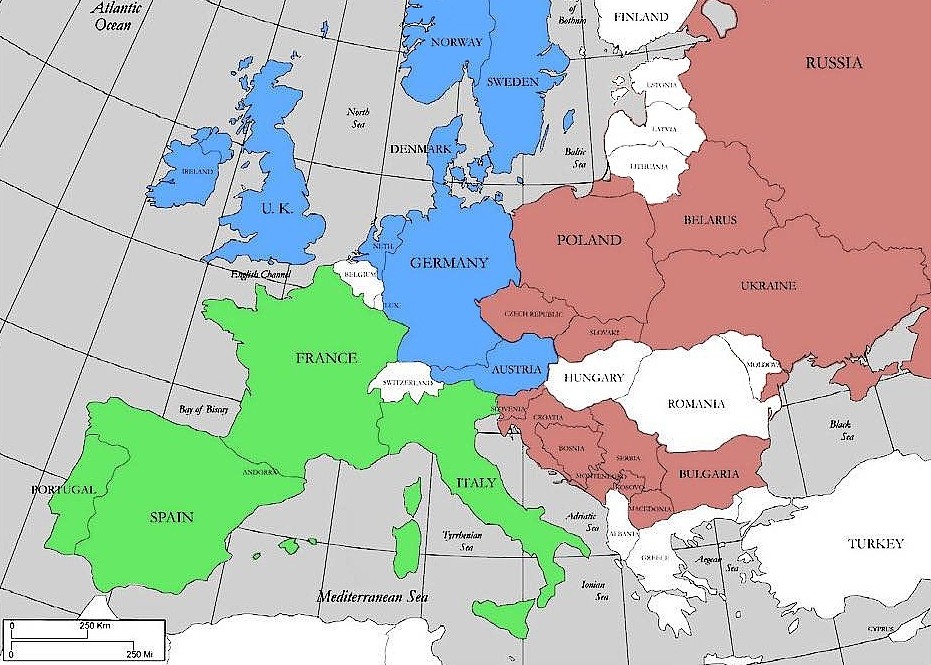
Language Families Map
Europe as comprised of three super-cultures: Germanic, Romantic and Slavic. This classification is the best compromise between language, geography, culture, genetics, history and simplicity; and is in accordance with the accepted academic models.
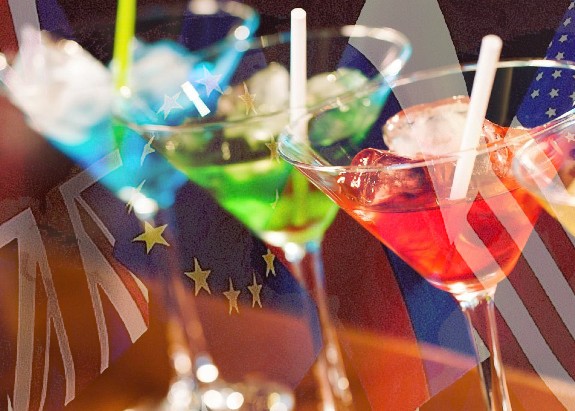
European Cocktail
Since I came from a Germanic and Romantic background, I elected to spend my late twenties and early thirties in Slavic Europe to balance myself out in the first phase of my bid to become a Citizen of the World.Comparison Chart
This chart aims to provide useful, broad generalizations about the super-cultures based on statistics, history and popular stereotypes.
| Germanic | Romantic | Slavic | |
|---|---|---|---|
| Countries | Germany, UK, Ireland, Netherlands, Austria, Sweden, Denmark, Norway, Iceland, Liechtenstein | France, Italy, Spain, Portugal, Monaco | Russia, Poland, Czech Republic, Ukraine, Slovakia, Bulgaria, Belarus, Croatia, Serbia, Slovenia, Bosnia and Herzegovina, North Macedonia, Montenegro |
| Language Branch | Germanic | Romantic | Balto-Slavic |
| Sectors | North-Mid-Central North-Western | Southern Mid-Western | Eastern |
| Population (2018) | 204 million | 182 million | 289 million |
| Nominal GDP (2020) | $9.39 trillion | $5.87 trillion | $2.98 trillion |
| GDP per capita | $46,029 | $32,253 | $10,311 |
| Stereotype | Industrious (highest GDP per capita) | Passionate (hence the name "Romantics") | Tough (from suffering) |
| Religion | Protestant | Catholic | Orthodox (East), Catholic (West) |
| Alcohol | Beer | Wine | Spirits |
*Exceptions: Ireland, Austria and Southern Germany were traditionally Catholic. Czechs generally prefer beer.


































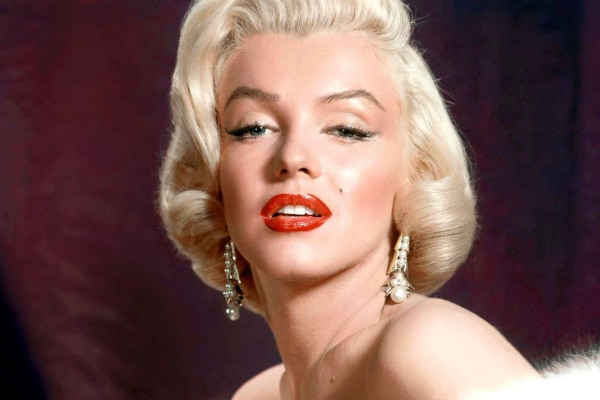

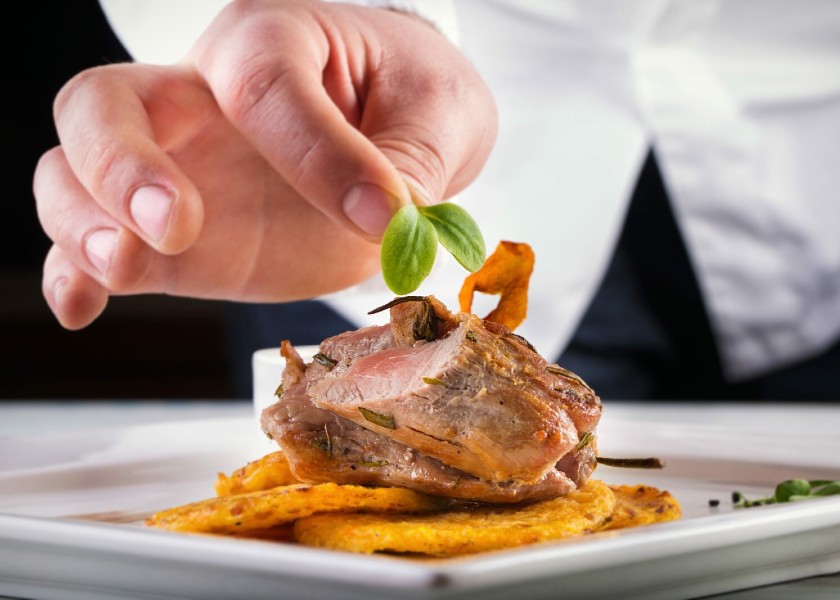
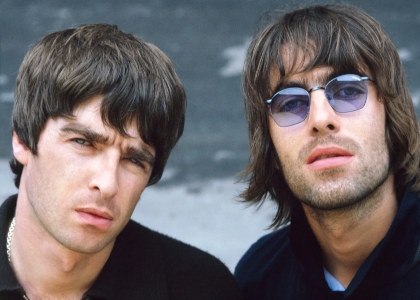


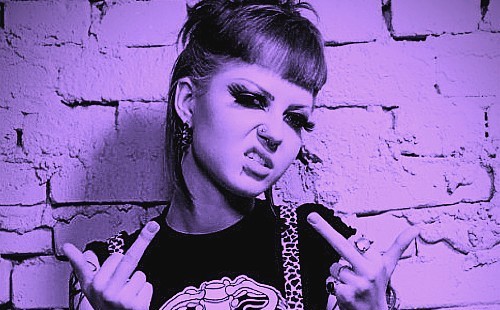











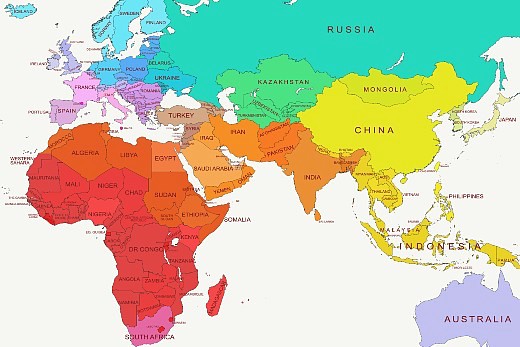
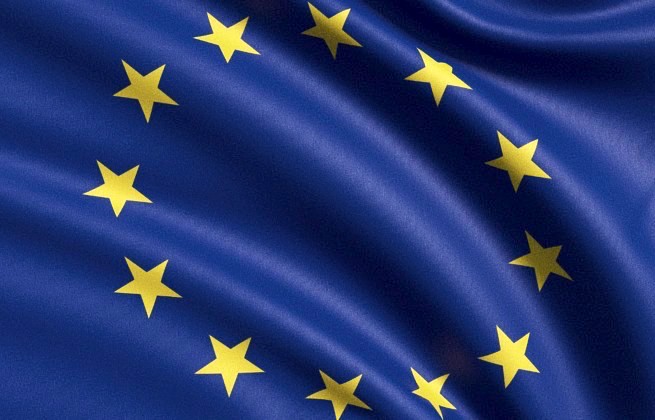



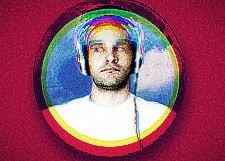

Business
Geography
History
Law & Politics
Linguistics
Psychology